Walking into a beauty store in Thailand with my friend’s nine-year-old daughter was an eye-opener. She was scanning the shelves like a seasoned beauty guru, rattling off the products she needed—lip gloss, hair straightening combs, the perfect fragrance. Her enthusiasm was unsettling, not because she was interested in self-care, but because her entire outlook on beauty screamed insecurity. This girl, with her natural, waist-length glossy black hair, hadn’t even hit puberty. Yet, here she was, fully immersed in a world of aesthetics, already worrying about how to enhance what was already perfect.
The industry has shifted, and we’re witnessing an alarming trend: Gen Alpha—children as young as eight—are diving into skincare, makeup, and fragrance rituals. According to Ulta Beauty’s June 2024 report, “Generation Joy,” this generation is starting beauty routines at half the age of Millennials and Gen X. And who do we have to thank for this shift? Their parents? Social media? The relentless marketing of beauty brands? The truth is, it’s a dangerous cocktail of all three.
The Kardashian Effect and Social Media’s Grip
Unlike me, aged 54, who admired the likes of Katie Price in my youth (before she went overboard with cosmetic procedures and now resembles a character from Corpse Bride), today’s young minds are drowning in a sea of TikTok tutorials, Instagram filters, and influencers preaching perfection. Back then, beauty icons were limited to magazines and TV, and even then, accessibility was different. Now, Gen Alpha consumes an endless loop of content dictating what they should look like, what products to buy, and how to attain unrealistic beauty standards before they’ve even mastered long division.
Katie Price Mental Health Issues
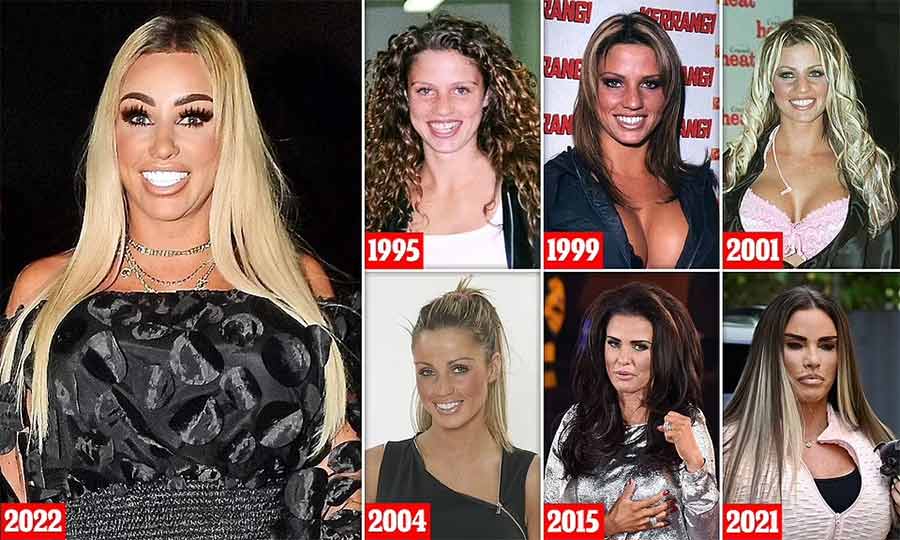
Social media has turned beauty into a performance rather than an enhancement. Filters have erased natural beauty, and beauty brands have capitalized on this vulnerability. TikTok and Instagram flood children’s feeds with the latest skincare fads—whitening creams, lip plumpers, acne solutions, and hair transformations—all disguised as self-care. The pressure to fit in starts before they even understand what self-confidence means.
And unlike Millennials or Gen X, who were introduced to beauty organically, Gen Alpha is being indoctrinated.
The recent transformation of Ariana Grande is a glaring example of the toxic beauty culture at play. Once known for her vibrant and healthy image, she now appears frail, with an alarming weight loss that has sparked widespread discussion. Her anorexic, fragile body has become the new aspiration for young girls who are bombarded with the idea that thinness equals beauty. Is this really what we want our daughters to idolize? The beauty industry, along with social media influencers, has made an emaciated frame the ultimate goal, pushing unattainable and often unhealthy body standards onto the next generation.
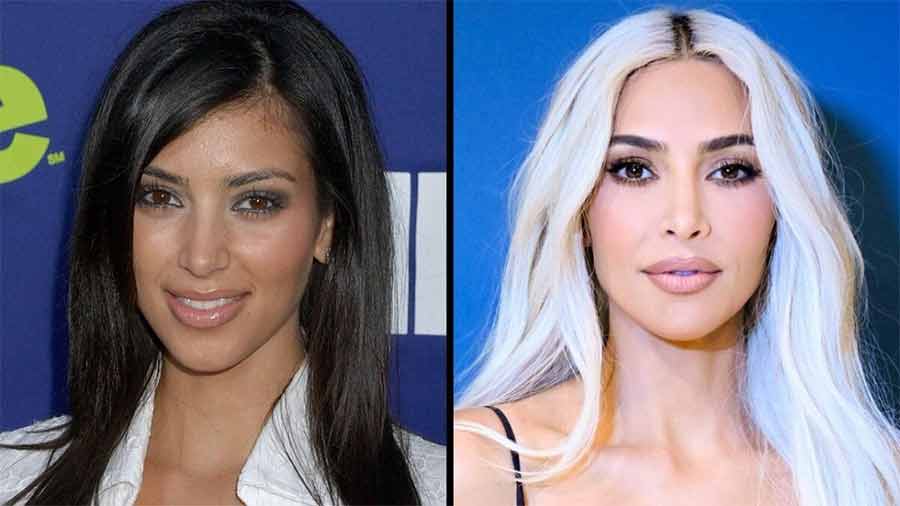
The Ariana Grande Transformation: A Dangerous Beauty Ideal
Ariana Grande’s recent transformation is a glaring example of the toxic beauty culture at play. Once celebrated for her vibrant and healthy image, she now appears frail and dangerously thin. The drastic weight loss has sparked widespread discussion, yet instead of concern, young girls are looking at her fragile frame as something to aspire to. The industry, fueled by social media influencers, has normalized an emaciated body as the ultimate beauty standard. This is not about personal choice; it’s about an industry pushing unattainable and unhealthy ideals onto the next generation. What message does it send when a once-strong role model becomes another casualty of extreme beauty standards? It teaches young girls that their natural, healthy bodies are never enough. That they, too, must shrink themselves to fit into a mold dictated by an industry profiting off insecurity.
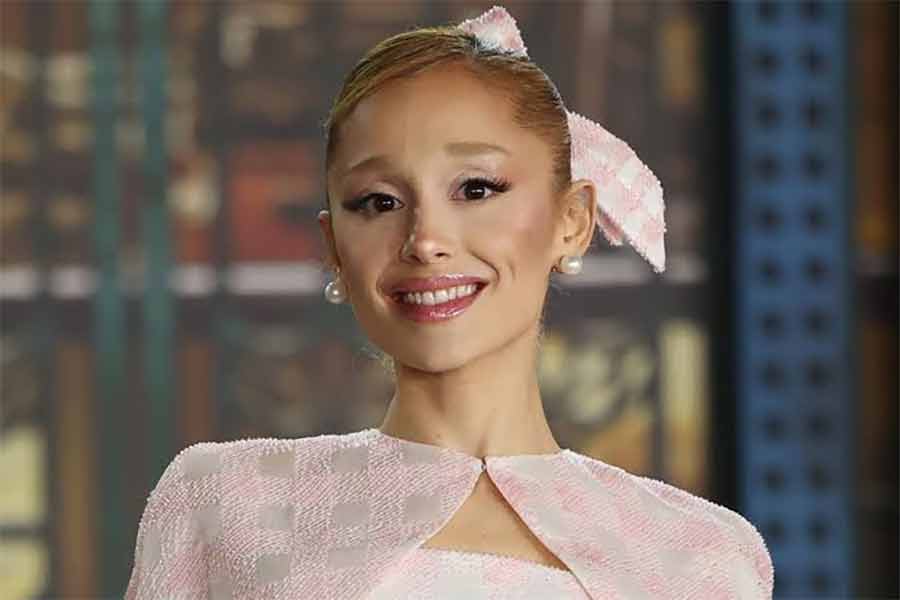
The Beauty Industry’s Shameless Targeting of Children
Brands are no longer just catering to teenagers or young adults. They’ve sniffed out a new, eager market—children. Established brands like Drunk Elephant have acknowledged this young demographic by creating “age-appropriate” product guides. But newer beauty lines are going a step further, launching products specifically for tweens and kids.
At first glance, it seems innocent—gentle skincare, non-toxic makeup, fun fragrances. But let’s be real: it’s still a gateway into the beauty-obsessed mindset. These children are being molded into lifelong consumers. The earlier they start, the more likely they are to keep upgrading their routines, fueling an industry that thrives on insecurities.
Parents: The Enablers or the Victims?
Many parents argue that they can’t control everything their child is exposed to, and to an extent, that’s true. However, they also wield immense power in shaping their children’s self-esteem and confidence. Allowing a nine-year-old to obsess over straightening her already pin-straight Asian hair? Encouraging her to pick out fake fragrances without questioning what’s fueling this need? That’s where parental responsibility comes in.
Parents today are stuck in a paradox. On one hand, they want their children to be independent, stylish, and socially confident. On the other, they are enabling an unhealthy dependence on beauty products to achieve those traits. It’s a fine line between allowing self-expression and fostering insecurity. When a child’s entire self-worth is built around how they look rather than what they can achieve, the problem isn’t just social media—it’s the environment that nurtures those beliefs.
The Cost of Early Beauty Obsession
Let’s talk about the consequences. When a child prioritizes lip gloss over books, or a perfect nose contour over self-development, what are we setting them up for? Confidence should stem from skills, intellect, and personality, not from mastering the perfect eyeliner technique before they even hit middle school.
And let’s not forget the toxicity—literally. Many of these beauty products marketed to children are loaded with harmful chemicals. Artificial fragrances, parabens, sulfates—ingredients that adults are now desperately trying to avoid—are being sold to young, impressionable minds under the guise of self-care.
Ariana Grande Before And After

Can We Reverse This Trend?
It’s time for a reset. The beauty industry won’t stop targeting Gen Alpha—it’s a goldmine. Social media won’t stop promoting unattainable beauty ideals—it thrives on engagement. But parents, guardians, and society can step up and start changing the narrative.
- Encourage Real Confidence: Teach kids that confidence comes from achievements, kindness, and resilience—not from the latest viral beauty trend.
- Regulate Social Media Exposure: Children shouldn’t be mindlessly scrolling TikTok or Instagram without understanding how these platforms manipulate perceptions of beauty.
- Set Boundaries in Beauty Consumption: Skincare should be about health, not perfection. Makeup should be fun, not a necessity. There’s a difference between playing dress-up and developing a lifelong dependence on beauty products.
- Call Out the Industry: Brands that shamelessly target children should be held accountable. If adults are constantly questioning the ethics of fast fashion, why aren’t we doing the same for beauty brands pushing anti-aging serums onto ten-year-olds?
The Final Thought
Watching that nine-year-old girl obsess over her appearance broke my heart. Not because she wanted to feel pretty, but because it was already a source of stress for her. Childhood should be about discovery, adventure, and joy—not about fixing imaginary flaws created by an industry that profits off insecurities.
So, who is to blame for Gen Alpha’s beauty obsession? The parents, the brands, or the influencers? The answer is all of them. And until we start dismantling the toxic beauty culture being fed to children, we’ll continue raising generations that feel they are never enough.

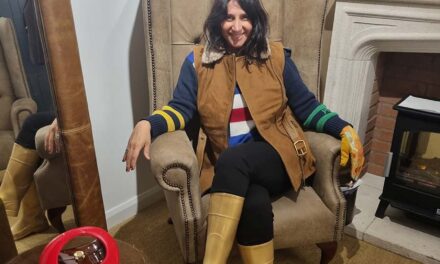

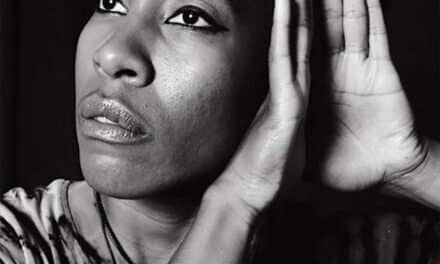
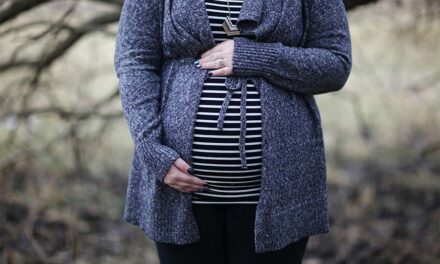





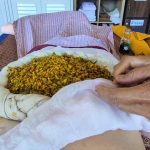



You must be logged in to post a comment.